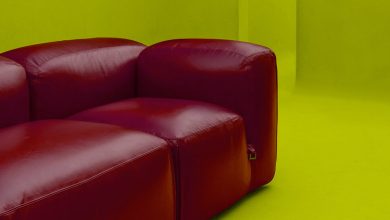In Opening a Bookstore, Louise Erdrich Found Community

Supported by
Continue reading the main story
In Opening a Bookstore, Louise Erdrich Found Community
The author’s Minneapolis shop, Birchbark Books, offers a wealth of Native American and Indigenous writing.
-
Send any friend a story
As a subscriber, you have 10 gift articles to give each month. Anyone can read what you share.
Give this article - Read in app

Interview by Thessaly La Force
Listen to Erdrich read a version of this story.
My day starts with a couple of dogs — a small black dog and sometimes a large white one. The moment I stir, they react. This is the most exciting part of their day. I let them outside and make strong coffee for myself. Then they come in and I go upstairs, where I try to think of something to write. There’s usually a manuscript going that I can add a paragraph to, or even a few pages — but I don’t work on one piece of writing exclusively, and sometimes I spend days just searching through files, notebooks and piles of jottings on interesting scraps of paper. Occasionally, I tape a bit of paper into a notebook and keep writing where the fragment left off. I don’t use the computer, except to transfer what I’ve written in longhand. Editing or writing on a computer feels cold, removed, mechanical. But I love not retyping entire manuscripts.
On the Cover

Louise Erdrich.Credit…Nick Waplington
For lunch? Whatever I can find. I switch to drinking black tea with honey. Maybe by then I feel the pull of the bookstore. In 2001, I opened Birchbark Books in Minneapolis, named because some of the first books in North America were written on scrolls of bark by the Anishinaabe people. (My tribe is Turtle Mountain Chippewa.) The store’s on Dakota land. We’re a tiny general-interest shop with a concentration in Native American or Indigenous writing: fiction, poetry, history, politics, food, memoir and material that supports Indigenous language revitalization, particularly the Ojibwe and Dakota languages. I wanted to have a bookstore where we could also sell the extraordinary things made by Indigenous people — so we have jewelry, beadwork, baskets and medicines. The store itself was made from cedar wood and bark-on birch logs that fell after a winter storm. We have a handmade canoe hanging from the ceiling, and an old confessional that’s now a forgiveness booth, where instead of confessing you just touch it and are absolved. Sometimes I walk a few doors down to Bockley Gallery, whose focus is also on Native artists. Two of their artists — Dyani White Hawk and the Hmong American Pao Houa Her — are in the Whitney Biennial this year. At Birchbark, I sign and sort books and check in or joke around with everyone. I’m very fond of my staff of young people — they feel like relatives — and the store’s as collaborative as possible. I became closer to everyone there during the pandemic, customers included. We’re grateful to the people who supported us — they got us through that time. We try our best to support them in turn. Our bookstore isn’t sleek or cute — we’re kind of scruffy, in fact. But that’s OK. Bookstores aren’t supposed to be perfect, and neither are writers.
This interview has been edited and condensed.



